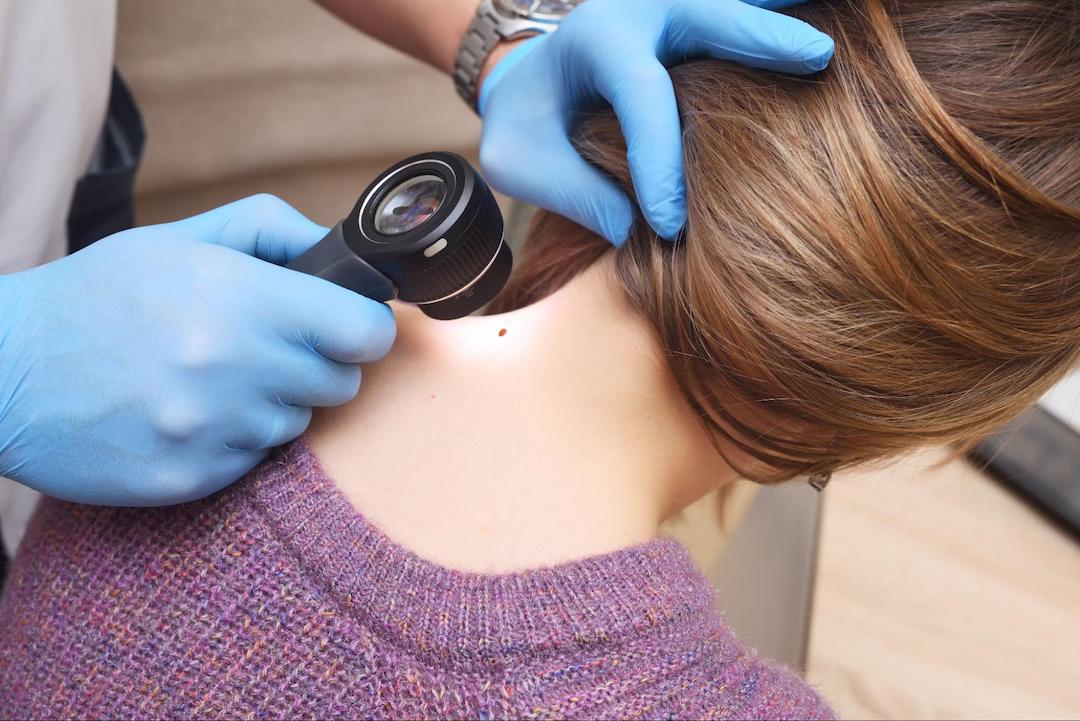
The Fitzpatrick Scale: Assessing Pharmacy Clients’ UV Sensitivity
Pharmacists’ role in UV safety for various publics
Pharmacists are often the first point of contact for people seeking advice on UV safety and skin care. Crucially, pharmacists are typically available for more frequent contact with patients. This positions those in this profession to be an invaluable resource to patients, especially those who are in sun-vulnerable populations, including those with UV-vulnerable Fitzpatrick skin types, or those on medications that increase their UV sensitivity. There is a role for pharmacists to play in skin cancer prevention and screening, from advising the general public on UV safety and skin care, to identifying worrisome features that may need referral to a physician.
Overall, understanding skin type and taking appropriate sun protection measures — regardless of skin type — are important steps for all members of the public in reducing the risk of skin cancer. Prevention and early detection are key to optimal patient outcomes. Pharmacists can help the public in this regard.
July is UV Safety Month. Pharmacists are well-poised to make a difference in skin cancer prevention, a pervasive public health issue.
Overview of the Fitzpatrick scale
Different individuals have varying levels of sensitivity to UV radiation, and this can affect their risk of developing skin cancer. The main factors that determine an individual’s sensitivity to UV radiation include their skin type, genetic factors, and environmental influences.
Skin type is commonly classified into six different categories known as the Fitzpatrick scale. This classification system takes into account an individual’s skin color, reaction to sun exposure, and propensity to tan or burn. Generally, people with lighter skin tones are more susceptible to UV radiation damage and have a higher risk of developing skin cancer compared to those with darker skin tones.
Fitzpatrick Skin Types
Here’s a brief overview of the different skin types and their characteristics:
- Type I: Very fair skin, freckles, red or blonde hair, blue or green eyes. Usually burns easily and does not tan.
- Type II: Fair skin, light hair, blue or brown eyes. Tends to burn easily and minimally tans.
- Type III: Light to medium skin, brown hair, and hazel or green eyes. Burns moderately and gradually tans.
- Type IV: Medium to olive skin, dark hair, and brown eyes. Burns minimally and tans easily.
- Type V: Dark brown skin, dark hair, and brown eyes. Rarely burns and tans easily.
- Type VI: Deeply pigmented dark brown to black skin, dark hair, and brown eyes. Rarely burns and tans very easily.
While individuals with darker skin tones have a higher natural protection against UV radiation due to the presence of higher levels of melanin, it’s important to note that they are not entirely immune to skin cancer. Skin cancer can still occur in people of all skin types, so sun protection measures and regular skin screenings are essential for everyone.
Additionally, genetic factors can also influence an individual’s susceptibility to skin cancer. Some people may have genetic variations that make their skin more sensitive or less responsive to UV radiation damage. Environmental factors, such as prolonged sun exposure without protection, can further increase the risk of developing skin cancer.
Conclusions
The responsibility of pharmacists in the healthcare system has grown in recent years. Now, in addition to administering drugs and offering advice to patients, they are also taking part in public health initiatives. These initiatives can range from immunization programs and emergency preparedness to educating people on the importance of UV safety and preventing skin cancer. Pharmacists can work in tandem with other healthcare professionals to provide comprehensive care that can improve public health outcomes.



